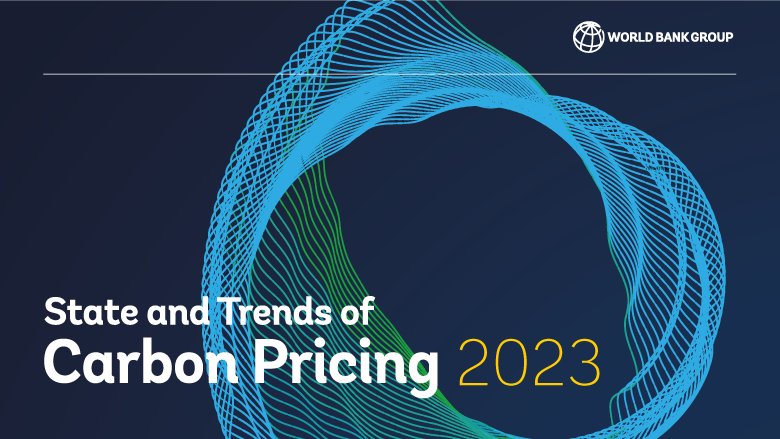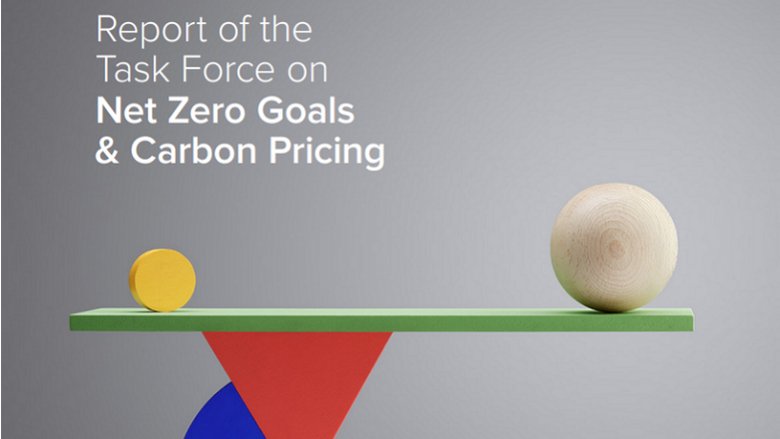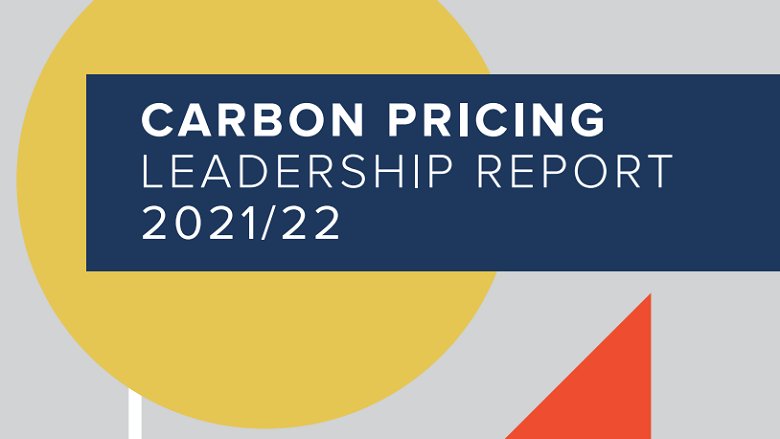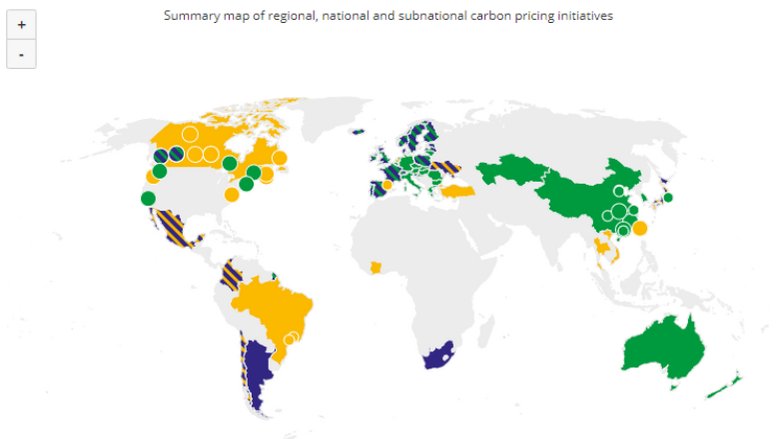Statement
Putting a Price on Carbon
June 3, 2014
Climate change poses one of the greatest global challenges and threatens to roll back decades of development and prosperity.
The latest report from the United Nations Intergovernmental Panel on Climate Change makes clear the importance of putting a price on carbon to help limit the increase in global mean temperature to two degrees Celsius above pre-industrial levels.
Depending on each country��s different circumstances and priorities, various instruments can be used to price carbon to efficiently and cost effectively reduce emissions, such as domestic emissions trading systems, carbon taxes, use of a social cost of carbon and/or payments for emission reductions.
Governments are taking action. In 2014, about 40 national and over 20 sub-national jurisdictions have already implemented or scheduled emissions trading schemes or carbon taxes. Together, these jurisdictions account for more than 22 percent of global emissions. Many more countries and jurisdictions are advancing preparation for pricing carbon. Together, these represent almost half of global GHG emissions.
Corporations are responding. A growing number of companies are already working within carbon pricing systems and are developing expertise in managing their emissions. Others are incorporating greenhouse gas reduction targets in their business planning. In 2013, over 100 companies worldwide publicly disclosed to CDP that they already use carbon pricing as a tool to manage the risks and opportunities to their current operations and future profitability. Businesses see that carbon pricing is the most efficient and cost effective means of reducing emissions, leading them to voice support for carbon pricing.
The momentum is growing. Pricing carbon is inevitable if we are to produce a package of effective and cost-efficient policies to support scaled up mitigation.
Greater international cooperation is essential. Governments pledge to work with each other and companies pledge to work with governments towards the long-term objective of a carbon price applied throughout the global economy by:
? strengthening carbon pricing policies to redirect investment commensurate with the scale of the climate challenge;
? bringing forward and strengthening the implementation of existing carbon pricing policies to better manage investment risks and opportunities;
? enhancing cooperation to share information, expertise and lessons learned on developing and implementing carbon pricing through various ��readiness�� platforms.
We invite all countries, companies and other stakeholders to join this growing coalition of the working.
Download the statement (pdf): English | Espa?ol | Fran?ais | ����




